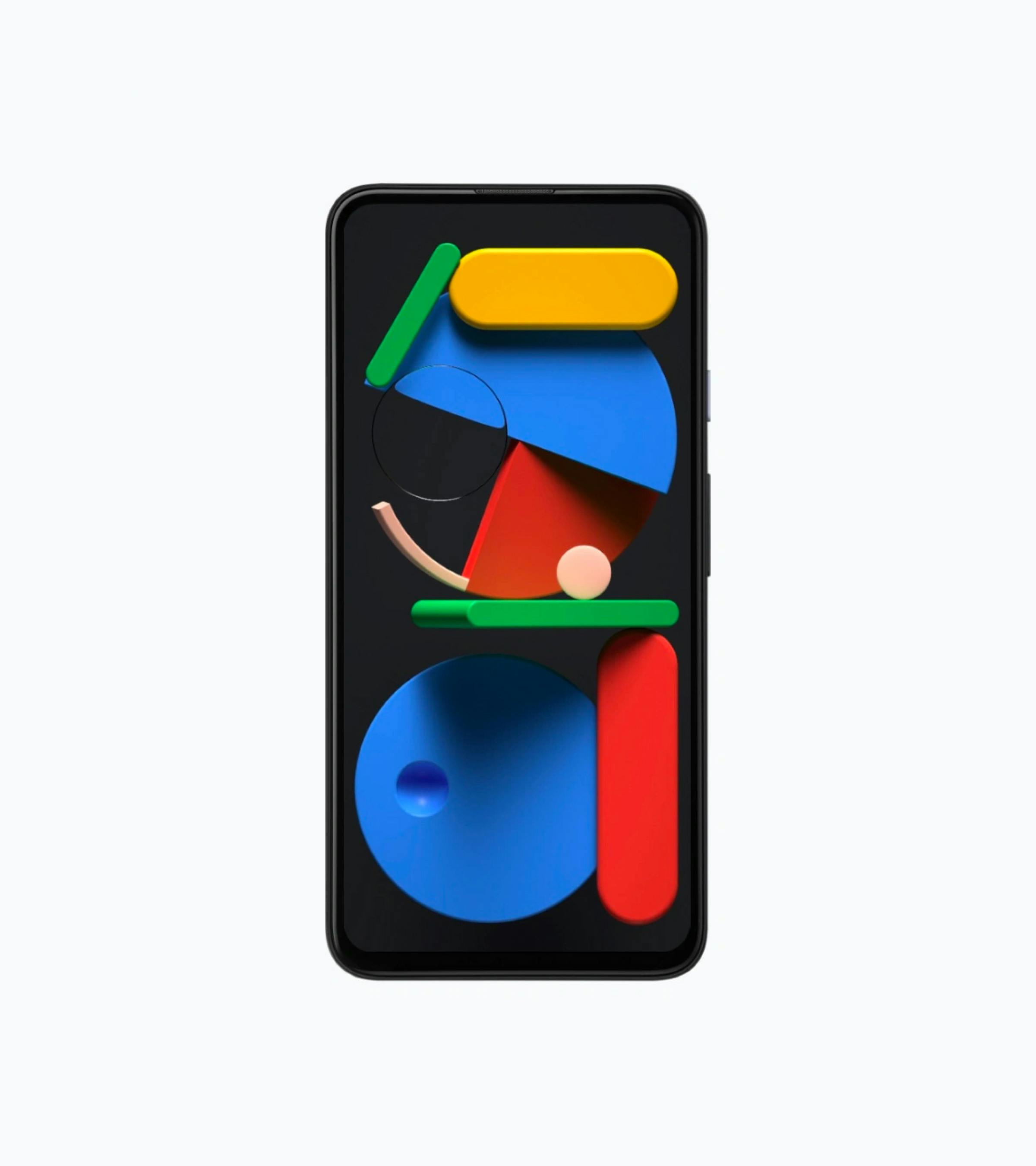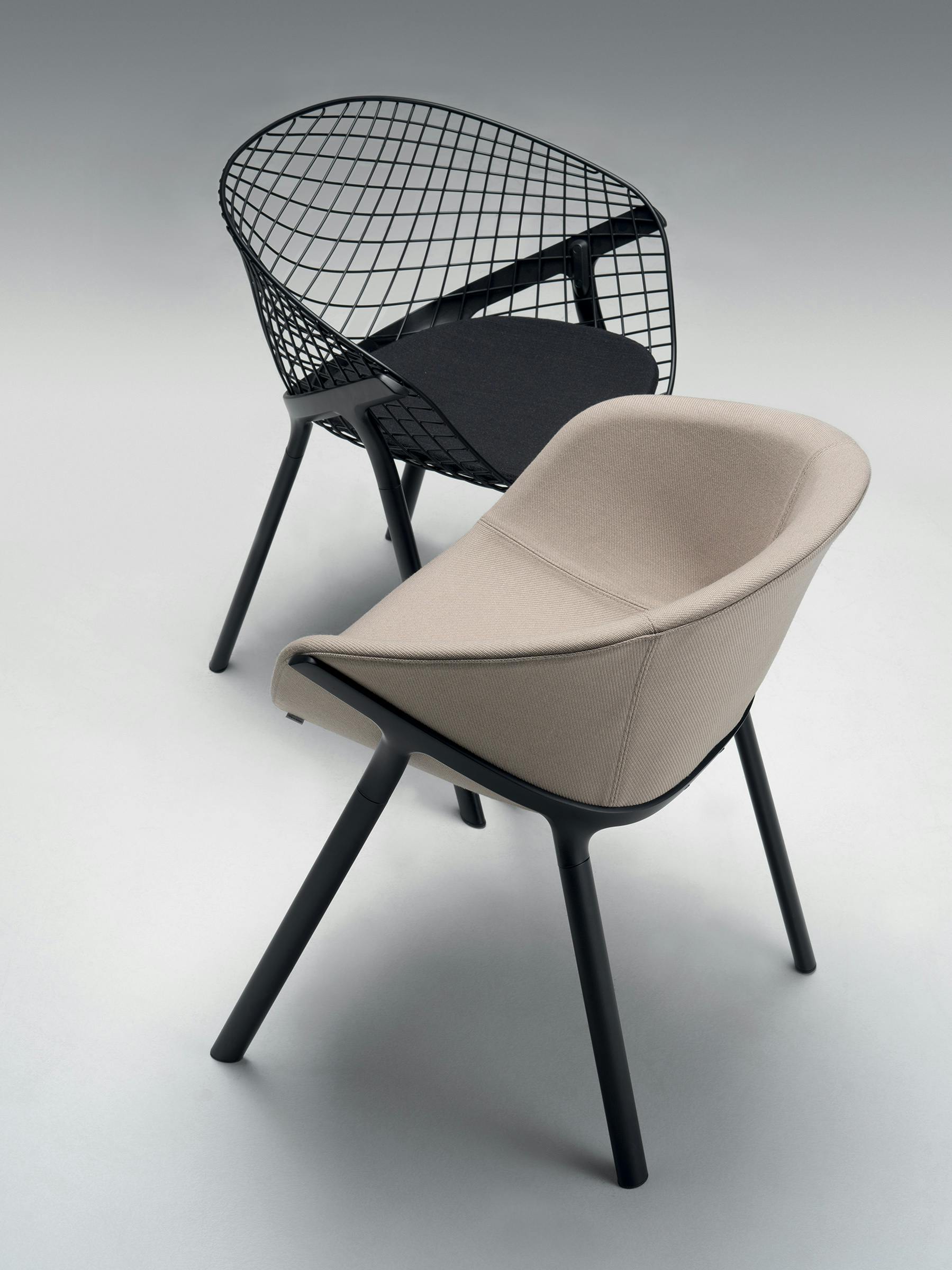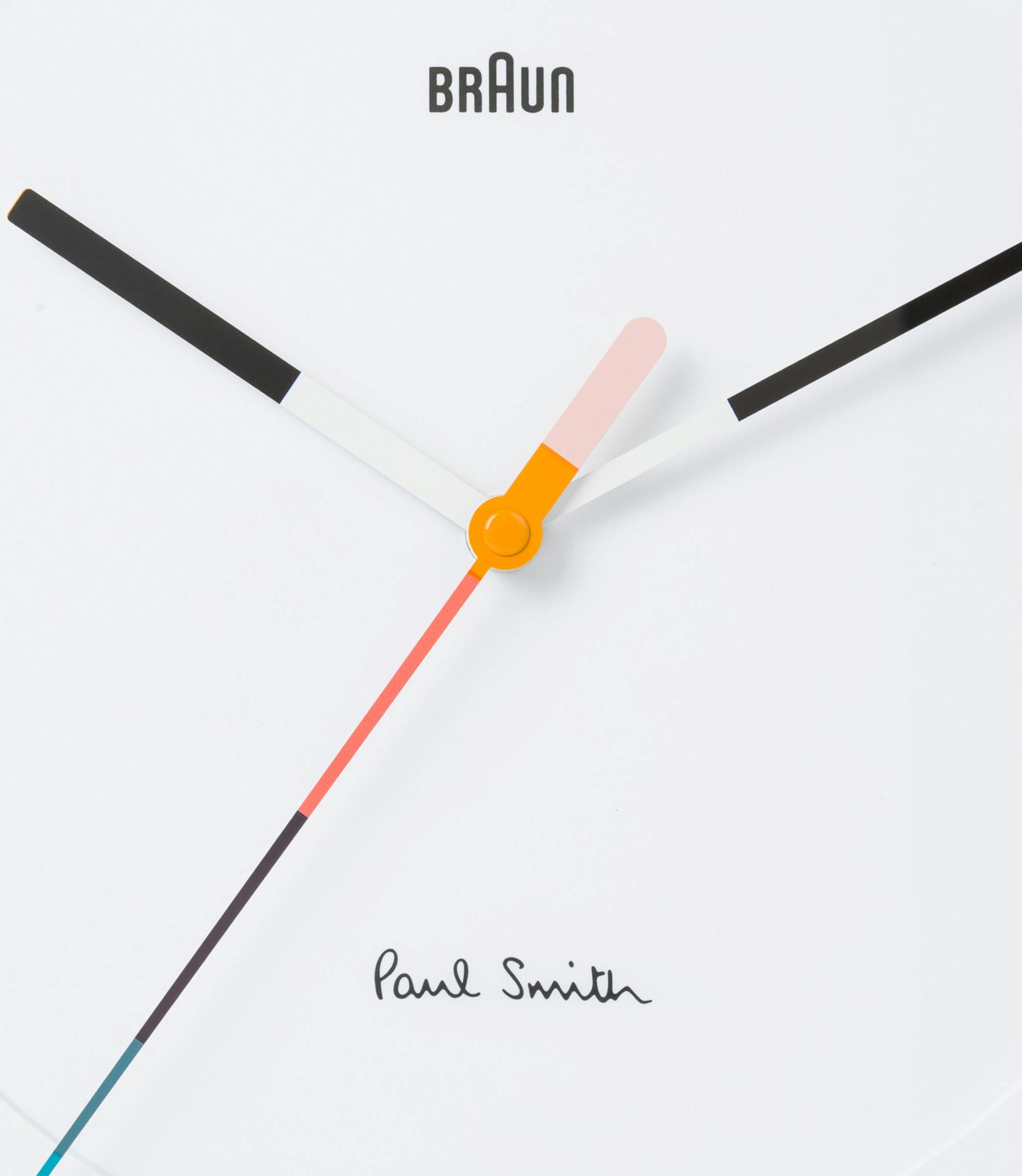Craft
On dedication and love for the invisible work.
Cover image from Xemrind
“If you can design one thing, you can design everything.”
➪ Massimo Vignelli
Craft is making something with dedication, skill, and inventiveness
A person with solid craft will unwaveringly pour their time and attention into the thing being made. They will leverage their many years of experience of having made that thing before, and that existing knowledge will make them smarter and more efficient at doing so. But they will also be inventive: they won’t limit themselves to how they’ve done it in the past; they will actively look out for opportunities to push themselves into new territories and new ways of working.
Craft is not pixel-pushing
You might have heard or said before: “I’m not really strong at craft, I’m more of a strategic designer.” Our industry tends to put craft and strategic thinking on opposite sides of a spectrum, sometimes in an attempt to diminish the value of craft. Be careful not to fall into that trap. One can be strategic and deliver work that is well-crafted, polished, and thoughtful— isn’t that what everyone should strive for anyways?
Craft can manifest in different areas of product design beyond UI
How you elaborate conceptual work by exploring a wide range of ideas, how you present your design by building clear rationale, how you manage your time by bringing collaboration and decisiveness at the right moment. In fact, you can showcase your craft even before you start showing any designs.
“It appears inevitable that all digital products must eventually trade craft for scale. (...) It’s simply so much easier to keep 10 people in sync than 10,000. Each additional person makes it harder for everyone to stay focused and in sync.”
➪ George Kedenburg III, The Cost of Craft
Craft is hard to scale
Craft is more suited to small, focused groups of people who all share the same vision and the same level of care for what’s being created. Larger organizations put certain incentives in place that tend to deflect folks from focusing their time on craft. But hard is not impossible: in order to make craft scale, you have to be intentional about how you set up your company, your team structure, and your day-to-day process.
Care for craft needs to come from the top
You need people at the highest ranks in the organization to be looking at craft every single day. People who will not let quality drop. People who understand that how you do something is as important as what or when you do it. If company leadership doesn’t care for craft, chances are people at every level will overlook the details.
“When there is too much distance between where decisions are made and the day-to-day delivery, we risk not understanding what is truly needed.”
➪ Rochelle Gold, Head of User Research, NHS Digital
Getting a seat at the table doesn’t mean abdicating your craft
In some companies, shifting to a managerial position (and away from the day-to-day craft) feels like the only path to growth. Senior individual contributors (ICs) are expected to become leaders, leaders are expected to become managers… But designing and managing are two very different jobs. When that happens, great designers see their day taken over by activities that have very little to do with what made them great designers in the first place. Still, another career path is possible.
Craft is noticeable in the tiniest of things
You can see it in every alignment someone chooses not to neglect when they’re building slides for a presentation. In the icons they choose for their user journey map. It’s in the careful choice of words for headlines; it’s in resisting the easy “lorem ipsum;” it’s in proofreading emails one last time before sending them. You can taste it when someone decides to spend an extra minute organizing the links they’ll share with you, so that you can save an extra minute. Regardless of your role, craft is an obsession for making things better—no matter how big or small they are.
“Nothing must be arbitrary or left to chance. Care and accuracy in the design process show respect towards the user.”
➪ Dieter Rams in Principles of Good Design

"It's just a nice little fun detail, so when the dinners see, they know someone spent a little time on their dish"
➪ The Bear, S2 E7
Craft isn’t glamorous
In fact, it can be pretty boring. Craft doesn't require innovation or a big show, but the curiosity to consistently study your materials and practice your techniques. It's knowing that big moments are made of tiny ones. That every second counts. For a chef, it might be peeling the mushroom skin even if clients will barely notice. For a designer, it might be organizing files even if that work is not going to be celebrated. Everything we do informs how we approach our lives.
Craft is iterative
It gets better at every new version of your work, at every refinement you make. It gets better every time you put your solution in front of users and learn from them. The more you iterate, the clearer the solution gets.
You get better, too
When you compound iteration and experience over the years, you get better at your craft. In his famous book Outliers, Malcolm Gladwell repeatedly refers to the “10,000-hour rule,” asserting that the key to achieving true expertise in any skill is simply a matter of practicing it for at least 10,000 hours. Being a craftsperson is not about how much you know, but how much you’re willing to put in the effort.
“Practice means to perform, over and over again in the face of all obstacles, some act of vision, of faith, of desire. Practice is a means of inviting the perfection desired.”
➪ Martha Graham
Craft will never be replaced by AI
Instead, AI will empower us to push our execution to new, unimaginable places—removing a lot of barriers to what was technically possible. If you’re concerned about being replaced by AI, maybe you are still equating the value of your craft merely to the outputs you produce.
Craft is care
When you consistently put in the time, attention, and effort to make something the best version of what it can be, you’re showing how much you care. Craft is dedication and respect for the invisible work.
●



